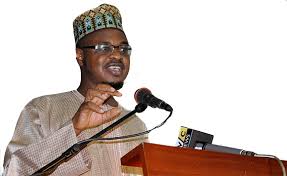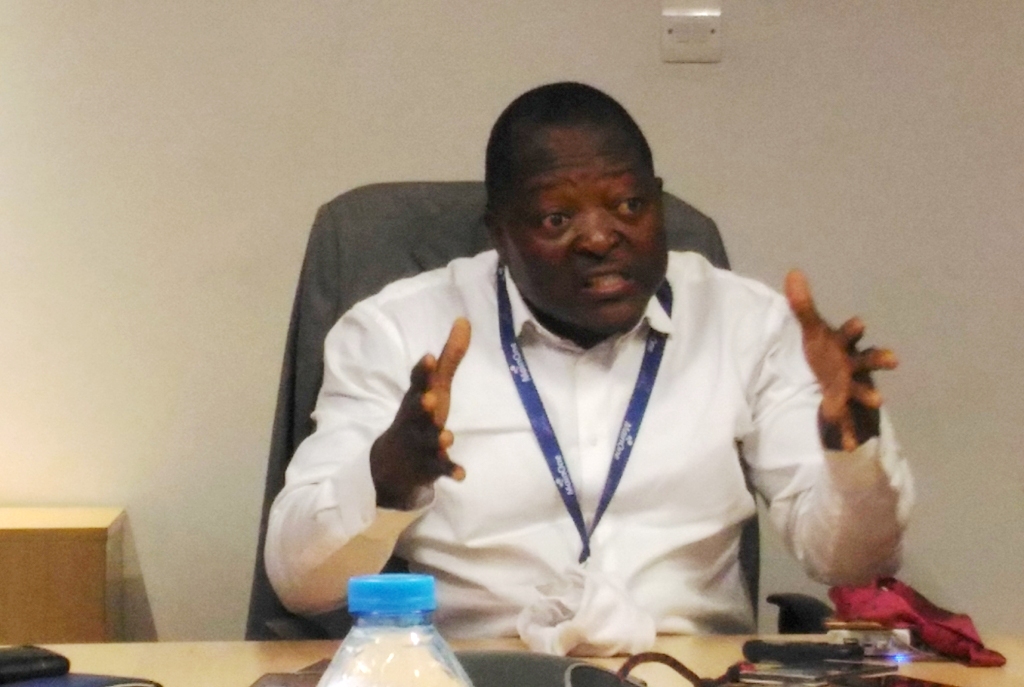The Universal Service Provision Fund (USPF), now under the direct supervision of the Ministry of Communications and Digital Economy with a substantive Executive Secretary, has reported a slim rise in the number of Nigerians residing in unserved and underserved areas.
Figures and brief details sourced from the USPF category of the ministry’s website showed that the first study to identify clusters of voice telephony and transport network gap in the country was carried out by the Universal Service Provision Fund (USPF) in 2013 with an estimated population of about 36.8 million people and 207 clusters.
The estimated number of people living in the unserved and underserved areas dropped from 36.8 million to 33.7 million people in an update study carried out in 2015.

USPF added that in a recent update study carried out in 2019, the number of people living in the unserved and underserved areas was estimated to have dropped to 31.16 million and number of clusters reviewed down to 114.
The Fund explained it adopted grouping of clusters according to five population density ranges with different levels of network signals that can be detected within the unserved and underserved areas of the country.
The Fund also averred that “The result of the study has assisted the USPF in designing projects and strategies to cover these gaps and ensure that everyone irrespective of locality is connected in the 21st century Nigeria.”









